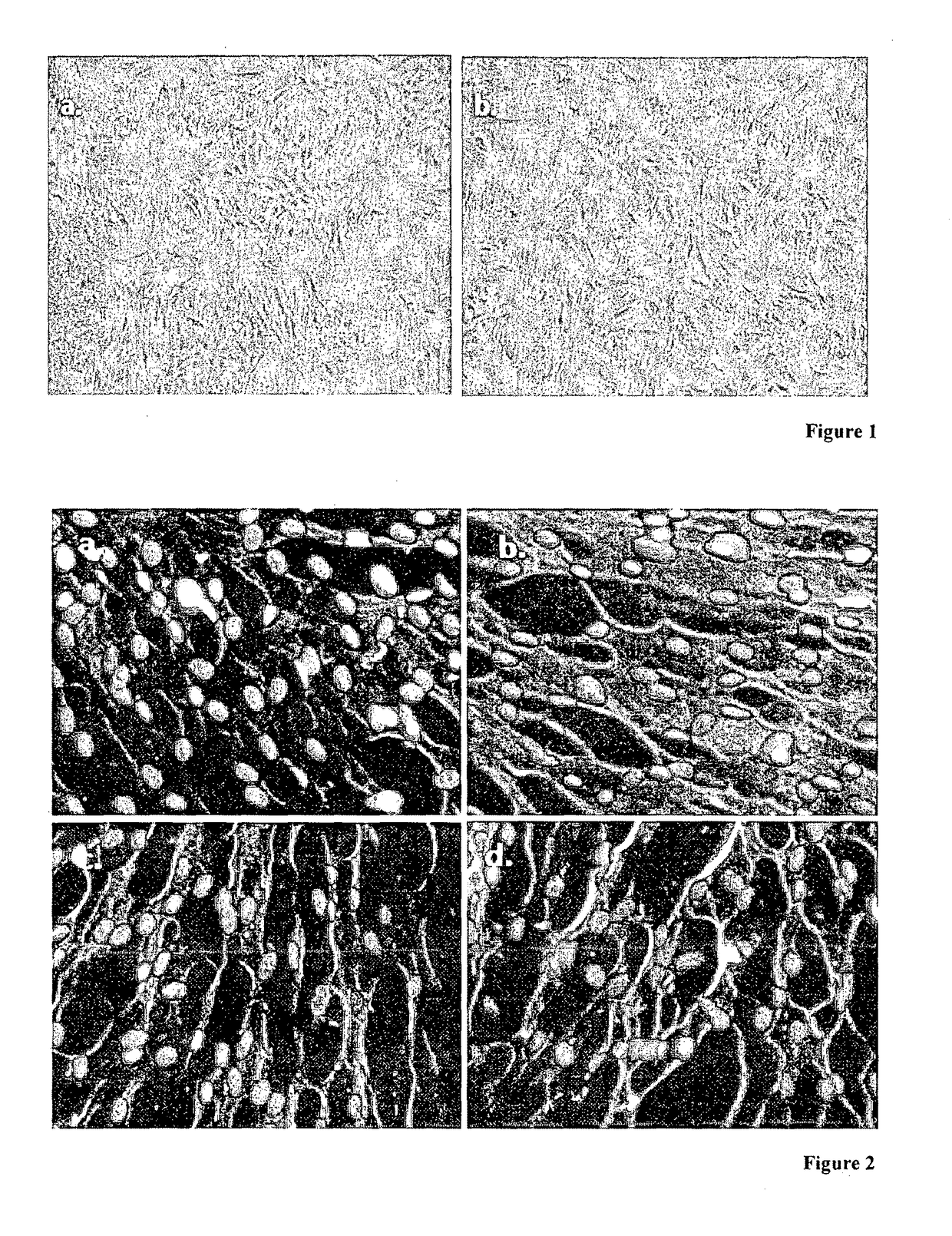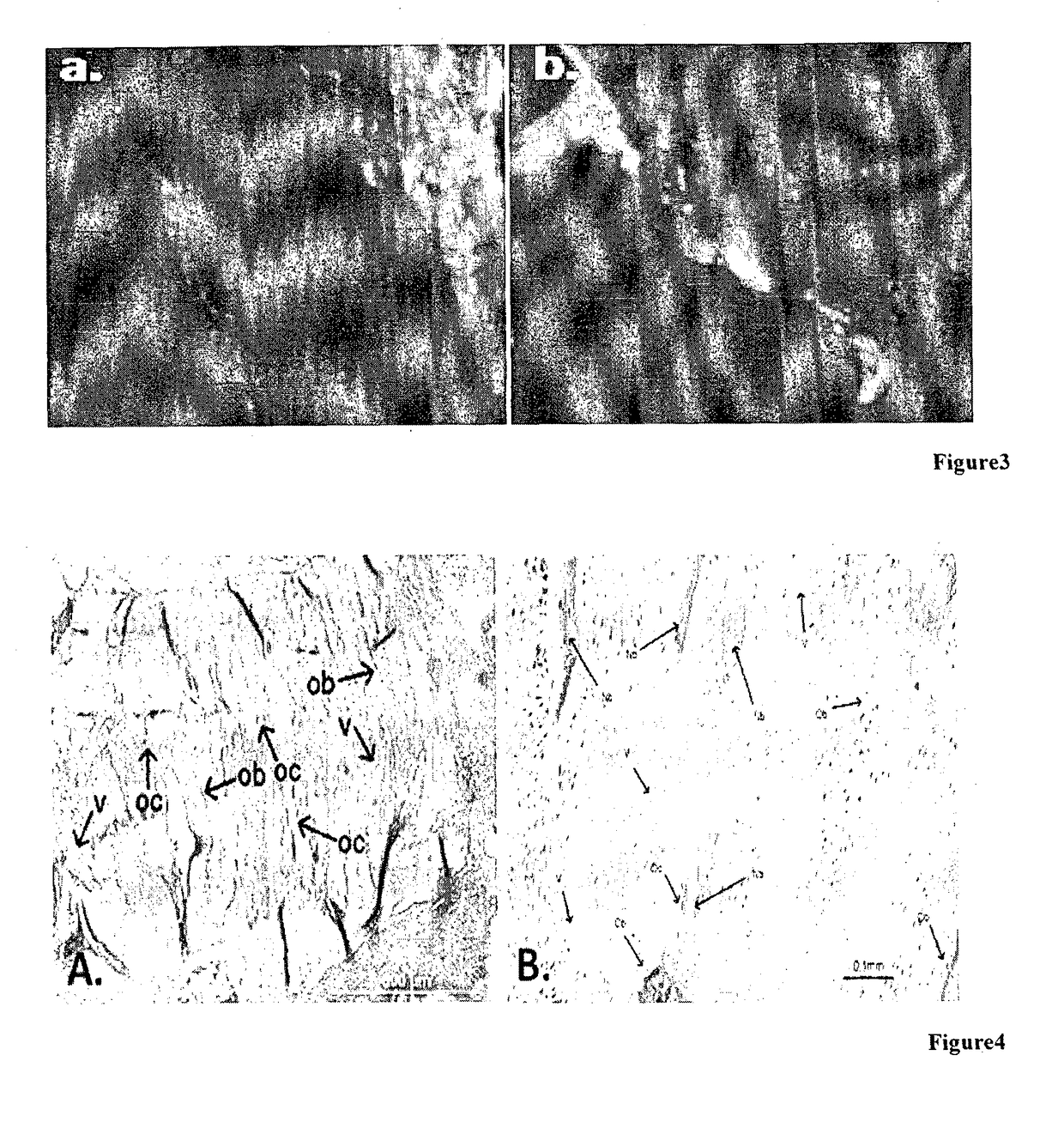Application of stem cells in the orthodontic maxillary expansion
a technology of stem cells and maxillary expansion, applied in the field of stem cells in orthodontic maxillary expansion, can solve the problems of reducing the mandibular and maxillary width in terms of bone level, the narrowness of the maxillary, and the inability to achieve the shortening of the treatment period, so as to achieve the effect of shortening the treatment period
- Summary
- Abstract
- Description
- Claims
- Application Information
AI Technical Summary
Benefits of technology
Problems solved by technology
Method used
Image
Examples
experimental study
[0023
[0024]The experimental study and its results providing a basis for the developed model are indicated below.
[0025]The Isolation and Characterization of Stem Cells
[0026]The isolation of BMMSCs and ATMSCs from 3-month-old Wistar rats was conducted with known applications in the technique (16, 17). In order to characterize the obtained stein cells, they were analyzed through flow cytometry and then, their in vitro bone-forming potentials were shown.
[0027]Maxillary Expansion in Rats
[0028]30 male Wistar rats were distributed in three equal groups. In each group, one single helix of 2 mm in diameter bent from stainless steel wire of 0.014 inches and a spring with arms of 10 mm each were used to expand mid-palatal suture. The activation was made on a millimetric paper and was adjusted to apply a strength of 30 grams.
[0029]Under general anesthesia, upper two incisors were drilled with holes on front and hack sides at the level of gingival edges (papilla) and the expansion apparatus was ...
PUM
 Login to View More
Login to View More Abstract
Description
Claims
Application Information
 Login to View More
Login to View More - R&D
- Intellectual Property
- Life Sciences
- Materials
- Tech Scout
- Unparalleled Data Quality
- Higher Quality Content
- 60% Fewer Hallucinations
Browse by: Latest US Patents, China's latest patents, Technical Efficacy Thesaurus, Application Domain, Technology Topic, Popular Technical Reports.
© 2025 PatSnap. All rights reserved.Legal|Privacy policy|Modern Slavery Act Transparency Statement|Sitemap|About US| Contact US: help@patsnap.com



